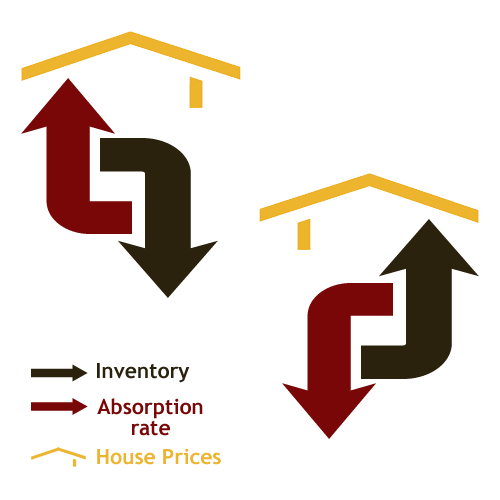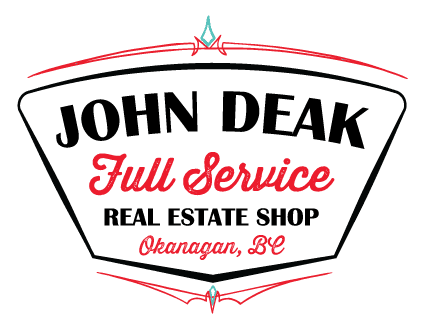What is up with that house price?
Nobody likes to lose.
Not at hockey or poker. Not on a business deal. And especially not on real estate.
Unfortunately today, if someone is in a position where they must sell a home purchased between 2007 and 2009, they are probably going to be in a negative position.
But how is that possible? Why did the house price go down? When will it go back up?
The world economic meltdown was a major contributor to the drop in pricing. When jobs disappear, and credit becomes tough to get, house prices drop.
Here in the Okanagan, we didn’t get hit as hard as some areas, and we didn’t fare as well as others. House prices are down, and they will eventually come back up. Remember back in the 2000’s when we saw real estate spikes of 20-30% per year? Yeah, those won’t be back anytime soon, if ever again. No matter what happens, up or down, the price is always the last thing to change.
But how can you see what is coming if you don’t have a crystal ball?
It’s all in the numbers! Specifically, it’s in the absorption rate and the inventory.
It comes down to how many houses are selling in the market. This will determine the absorption rate.
The what?
Here’s how the absorption rate is determined:
Let’s say there are 100 homes for sale, and 10 sell this month. This will give you a 10% absorption rate. In the heady days of 2005, it was over 50%. Right now, the absorption rate is closer to 7%. It’s been as low as 3%. We need a number above 10% to have a happy market.
Inventory is the name given to number of homes that are currently listed for sale in our market.
House prices in simple terms:
The greater the number of homes that sell, the inventory goes down, the absorption rate goes up, and the prices follow an upward trend.
The smaller the number of homes that sell, the inventory goes up, the absorption rate goes down, and the prices follow a downward trend.
 In either case, the house price is the last thing that changes.
In either case, the house price is the last thing that changes.
Where are we now? We have seen an improvement in the number of sales, and a reduction of the inventory. It’s small, but it is an improvement. Another interesting thing, is that this is the first time in many years where our market has sold more homes in the second half of the year compared to the first half.
Will this momentum carry into 2012?
It’s quite possible. No guarantees, but it’s possible.
With home sales numbers showing more sales, lower inventory, higher absorption, at the very least we just might see the bottom and the start to a recovery. It’s not going to happen overnight, and a recovery to where we were in 2008 will take years.
There just seems to be a feel that the light at the end of the tunnel isn’t a train coming at you!

